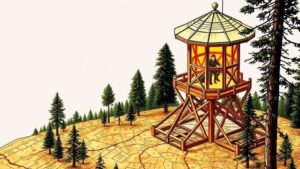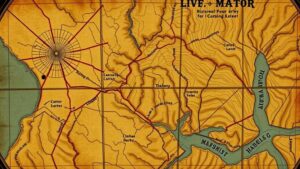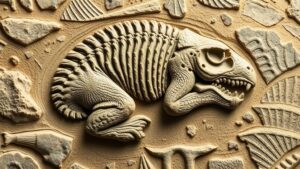Using AI to Cross-Analyze Archaeological Findings with Historical Treasure Legends
Using AI to Cross-Analyze Archaeological Findings with Historical Treasure Legends
Introduction
The intersection of artificial intelligence (AI) and archaeology presents an innovative frontier for researchers seeking to unearth both historical artifacts and the stories surrounding them. As archaeological methodologies evolve, AI has emerged as a critical tool to cross-analyze tangible archaeological findings with historical treasure legends, thus enhancing our understanding of cultural narratives, settlement patterns, and potential undiscovered sites. This article examines how AI can facilitate these complex analyses and explores its implications on archaeological research.
The Role of AI in Archaeology
AI technologies encompass a broad spectrum of applications, including machine learning, natural language processing (NLP), and computer vision, allowing for the processing of vast datasets with remarkable efficiency. In archaeology, these technologies can sift through historical texts, catalog artifacts, and even analyze satellite imagery for signs of ancient settlements.
One illustrative case study is the use of AI algorithms to analyze archaeological records from the ancient city of Mohenjo-Daro, located in modern-day Pakistan. Researchers employed machine learning models to classify pottery types and chronologically organize artifacts, leading to a more nuanced understanding of the Indus Valley Civilization, which thrived from 2600 to 1900 BCE.
Cross-Analyzing Legends with Archaeological Data
Historical treasure legends often carry rich anecdotal narratives that can provide contextual clues about past societies. By utilizing NLP, researchers can extract relevant information from mythological texts and local folklore, connecting these legends to historical data and archaeological finds. This process can reveal patterns or correlations that might otherwise remain unnoticed.
For example, in the case of the lost Spanish galleons rumored to have sunk near the Florida coast in the 17th century, AI models helped analyze contemporary accounts and documents. By cross-referencing these texts with underwater survey data, archaeologists identified prime locations for submerged treasure recovery, which could result in new insights into the maritime history of the Americas.
Data Integration Techniques
Effective cross-analysis requires the integration of varied datasets: archaeological findings, historical texts, and geographical data. AI-powered data fusion techniques can be used to synthesize information from disparate sources.
- Geospatial Analysis: Geographic Information Systems (GIS), combined with AI, can visualize spatial relationships between legends and archaeological sites. For example, the analysis of Easter Island’s statues and the surrounding legends can illuminate the cultural significance and migration patterns of its early inhabitants.
- Predictive Modeling: By applying predictive algorithms to known finding locations and correlating them to legend descriptions, archaeologists can create models that suggest other potential sites for exploration.
Case Studies of AI in Action
Several noteworthy projects illustrate the practical application of AI in cross-analyzing archaeological findings with historical lore.
- Tell el-Amarna, Egypt: Researchers utilized machine learning to analyze hieroglyphs and texts, identifying patterns in the narrative surrounding the reign of Pharaoh Akhenaten. This analysis has provided valuable context for understanding the societal shifts during his rule, corroborated by findings at archaeological sites.
- King Arthur’s Legends: A study of British legends through AI-assisted textual analysis revealed a geographical clustering of sites tied to Arthurian myths, prompting further archaeological surveys in these areas.
Challenges and Ethical Considerations
Despite its potential, the integration of AI in archaeology is not without challenges. The accuracy of AI algorithms hinges on the quality of the input data, and historical narratives can be biased or incomplete. Also, ethical considerations arise concerning the treatment of cultural artifacts and the communities connected to them. Respect for local traditions and collaboration with indigenous peoples is paramount.
Conclusion and Future Directions
The application of AI in cross-analyzing archaeological findings and treasure legends represents a significant advancement in the field of archaeology. As data management and analysis tools evolve, future research should focus on refining AI methodologies to enhance the accuracy and cultural sensitivity of archaeological studies. Collaboration among archaeologists, historians, and data scientists can lead to enriching discoveries that honor both scientific inquiry and historical narratives.
In summary, the integration of AI into archaeological research offers a promising avenue for uncovering hidden stories of our past, thereby providing deeper insights into human civilization’s journey.


